As CMOs implement marketing technologies that can expose their organizations to cyber-attacks, they will likely play a bigger role in risk monitoring and mitigation.
Most businesses look at cybersecurity through a technical lens. Cyber-attacks can result in data loss, information corruption, unauthorized access to critical plans and information, or loss of access to critical systems. However, the consequences of an assault on trust, reputation, and consumer confidence are the primary concern for CMOs.
Building confidence with consumers, suppliers, and the wider marketplace is how reputation is acquired. And it can be lost in the blink of an eye if a security incident is not handled properly.
The majority of people are naturally trusting. However, it is this faith that cybercriminals take advantage of in many of their attacks. They take control of trusted user accounts and passwords. They gain access to trusted people’s email accounts. They impersonate trustworthy parties in order to trick people into sending money to criminals.
Also Read: The Rising Need for an Elevated Mobile Marketing Strategy
When a company’s security is compromised and confidential data is leaked, corrupted, or lost, it may damage the company’s brand and credibility. As per an IBM report, the average cost of a data breach globally was $3.86 million in 2020, with reputational harm and device downtime accounting for almost half of that.
This is why marketers must recognize cybersecurity as a critical problem in 2021 and beyond for maintaining and protecting their brand’s and organization’s credibility. Reputational harm is much more difficult to restore than missing or damaged data or a device failure.
Customers, stakeholders, and suppliers cannot access companies while their systems are down. This is when they abandon them in favor of rivals and lose confidence in their operation.
Calculating risk tolerance
CMOs, senior leaders, and boards must weigh the impact of a cybersecurity incident on their credibility. Each brand would have a different appetite for risk. This must be properly understood, discussed, and decided upon before plans to mitigate the reputational effect of a cyber-attack are put in place.
Understandably, there has been a heavy emphasis on the technological response to cybersecurity incidents. However, the impact of major data loss, disruption of system access, or the expense of ransomware may have a huge impact on the business’s reputation and consumer trust in transacting with it.
To manage brand perception, CMOs must also contribute to the organization’s public approach in the event of a cyber- incident. It is important for companies to engage with consumers and respond publicly in the event of an incident in order to maintain consumer trust and loyalty. Enterprise-wide exercises should be conducted to assess the brand’s readiness to respond to a cyber-incident.
Quick management
During the chaos and confusion of a cyber-incident, accountability and stakeholder involvement are often overlooked. As part of their cybersecurity and chief risk officer updates, CMOs, along with the CEO and the board, can ensure they receive reputational risk reports. Security and consideration for consumer trust during a security incident is a vital task for the CMO and CEO, regardless of who brings it up.
Also Read: Top 6 Ways to Exceed B2B Buyers eCommerce Expectations
During a cyber-incident, most companies that are clear, trustworthy, and forthcoming with information recover and regain the confidence of their consumers, as well as the respect of their peers and regulators.
CMOs are experts at identifying when a company’s brand image is at risk and seeking ways to interact clearly with consumers, suppliers, employees, regulators, and other stakeholders to ensure that difficult circumstances are not exacerbated by inadequate planning and communication. CMOs and marketing directors must be trained to be on the front lines of an organization’s response to a cyber-attack.
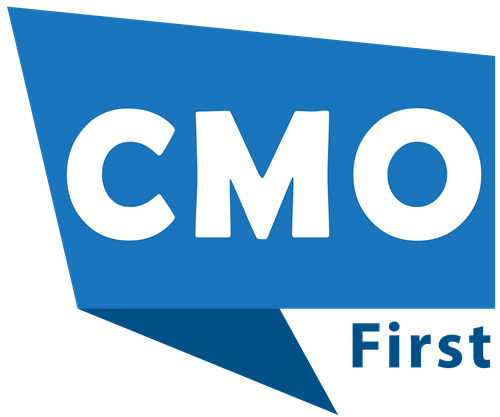




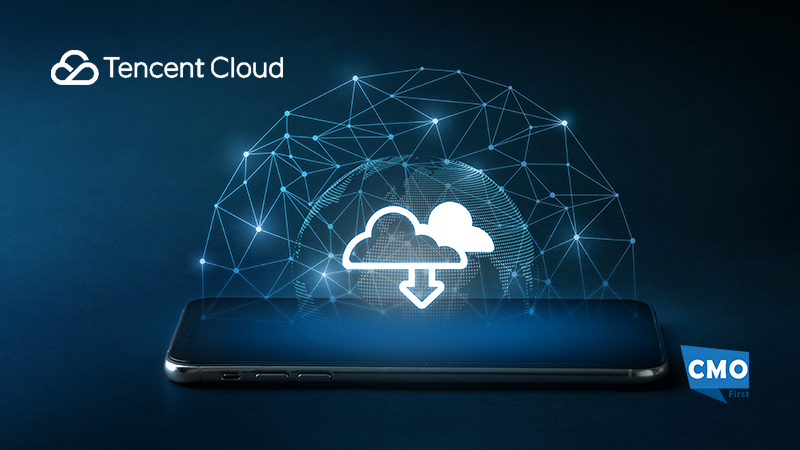








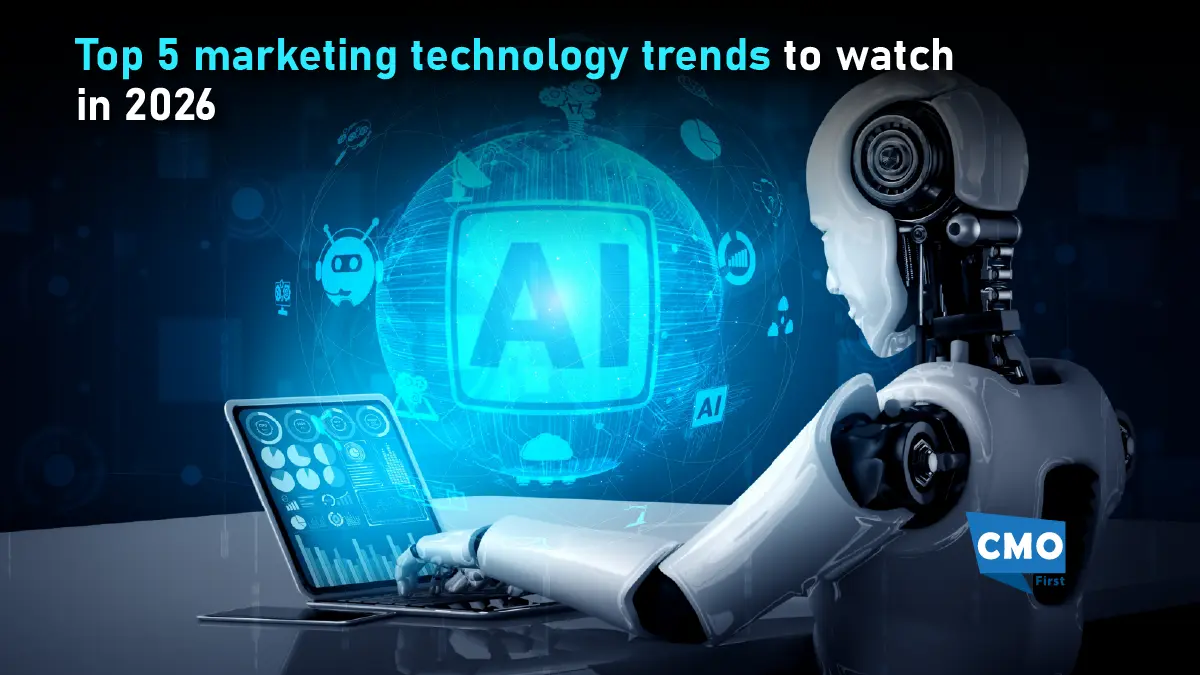
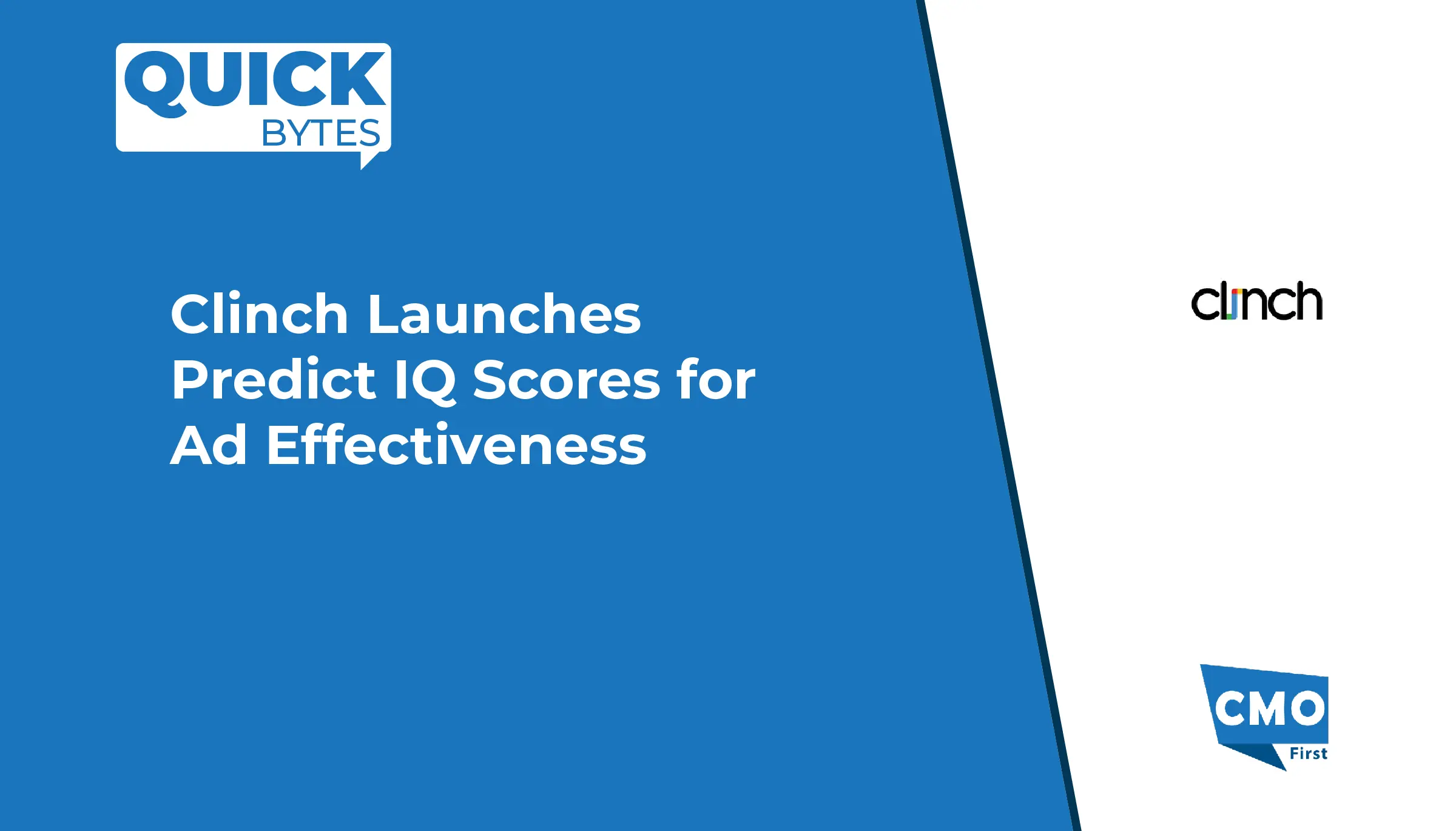

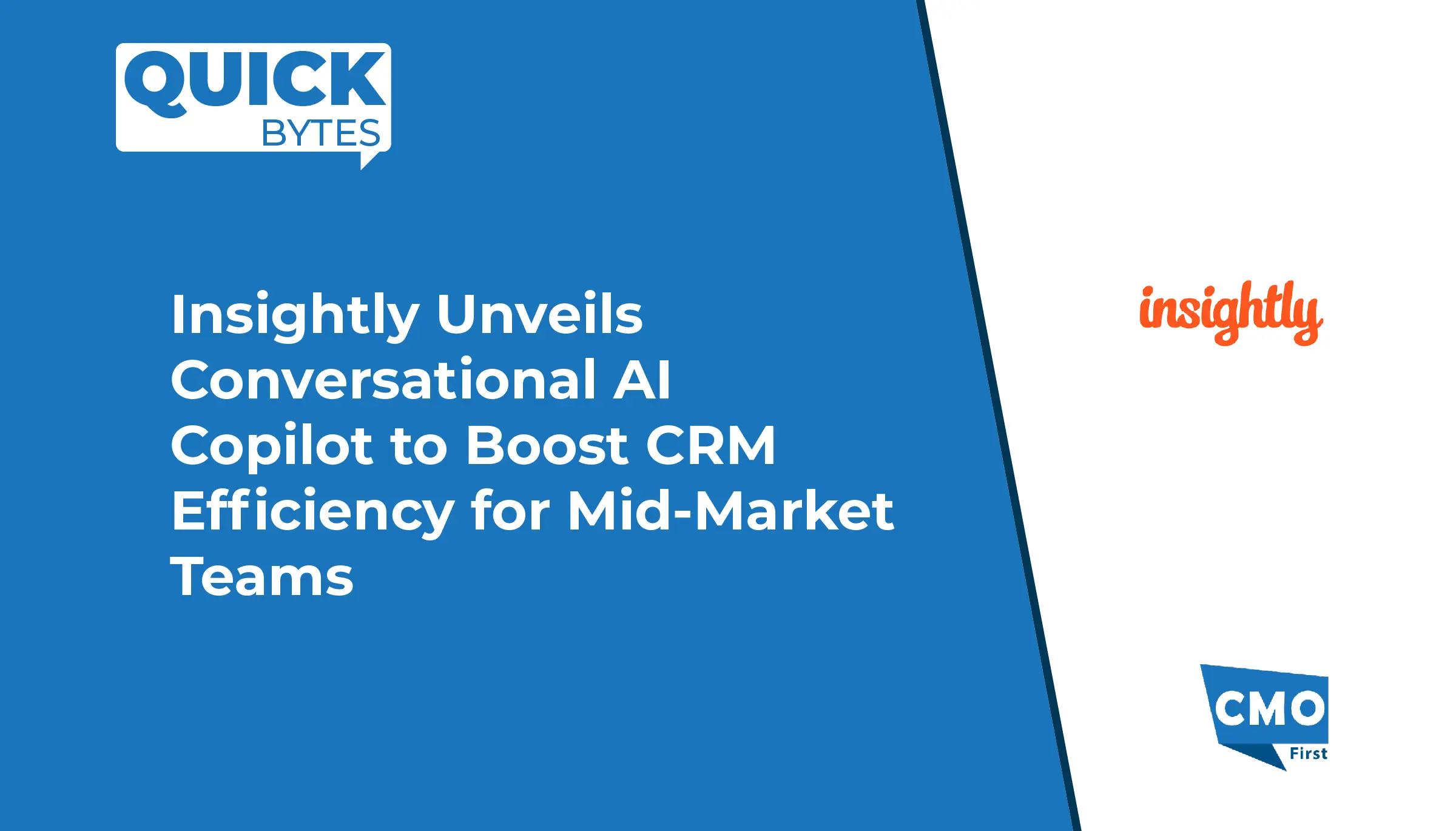

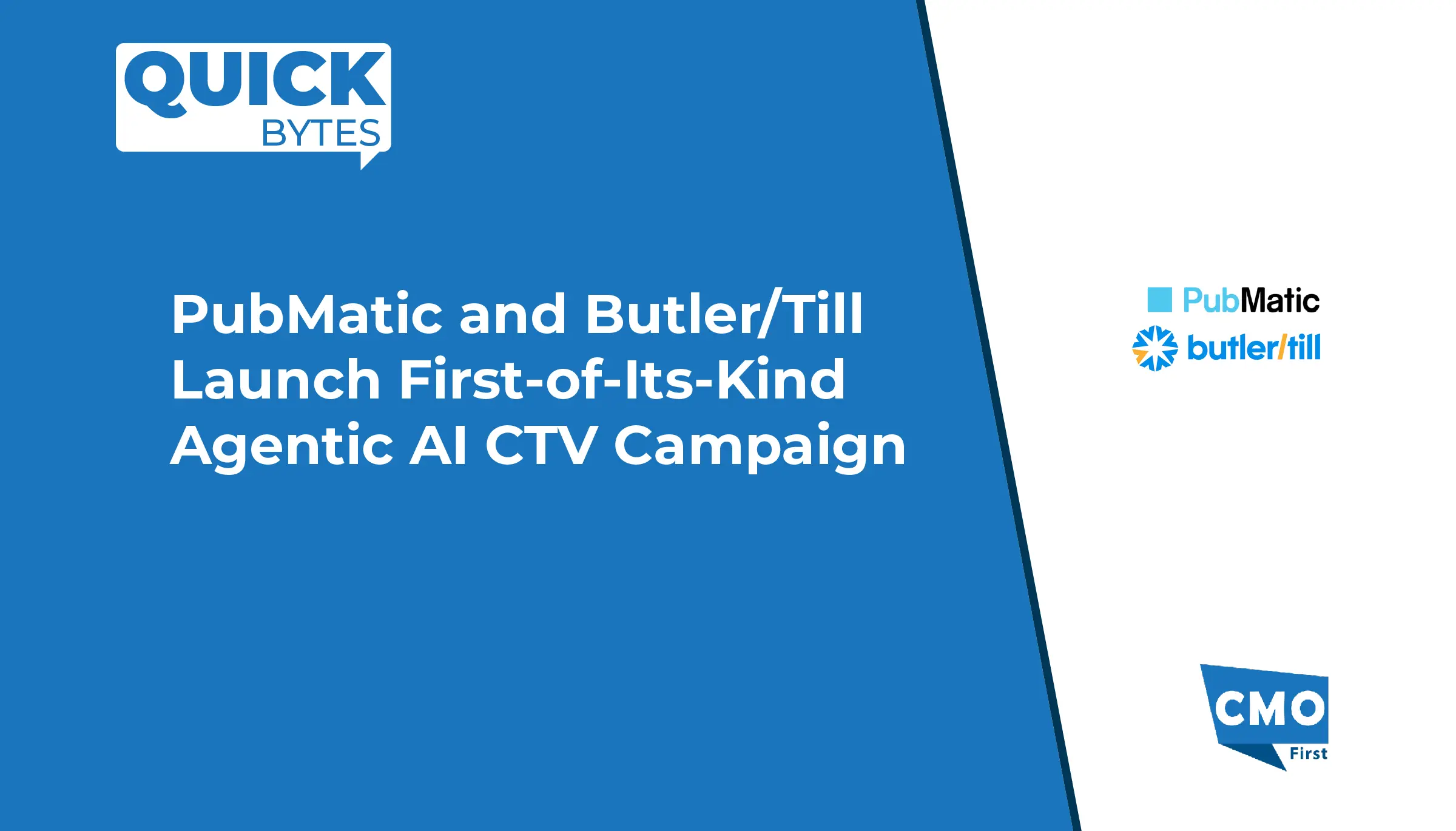



Leave a Reply